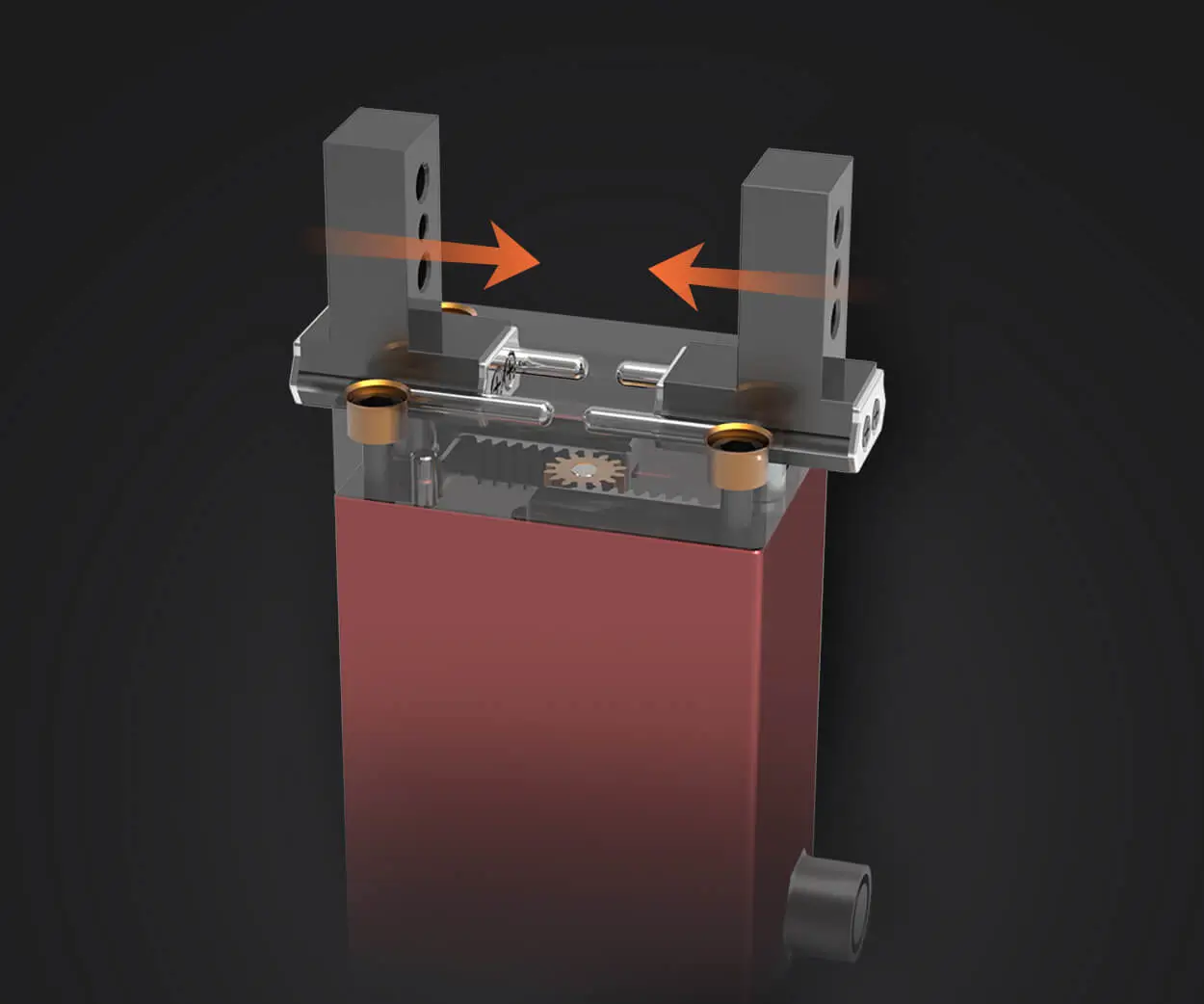Sure! Here's the first part of your soft article on the theme "servo motor working principle pdf."
Introduction: The Power Behind Precision
Servo motors are the heartbeat of modern automation and robotics systems. Their ability to deliver precise position, speed, and torque control makes them indispensable in applications ranging from robotic arms and drone stabilization to advanced manufacturing and aerospace engineering. Whether you’re a student new to electric machinery or a seasoned engineer, understanding how these tiny yet powerful motors operate can unlock countless possibilities for innovation.

At the core, a servo motor might seem straightforward—just a motor that moves to a specific position—but the intricacies of its working principle elevate it to a marvel of engineering. To appreciate this, it’s essential to explore the basic components, types, and the fundamental physics that govern its operation.
The Basic Components of a Servo Motor
Motor (Usually AC or DC): The main driving hardware that provides the actual movement. Control Circuit: The brain of the servo, interpreting input signals to command the motor. Feedback Device (Typically a Potentiometer or Rotary Encoder): Provides real-time positional data back to the control circuit. Gear Train: Often included to modify the torque and speed suitable for specific tasks.
This combination allows servo motors to perform closed-loop control, maintaining high accuracy even under varying load conditions.
Types of Servo Motors and Their Features
Servo motors are mainly categorized into brushed and brushless types:
Brushed Servo Motors: Simpler design, lower cost, but more maintenance due to brush wear. Brushless DC (BLDC) Servo Motors: Higher efficiency, longer lifespan, and better performance, commonly used in high-end applications.
Regardless of type, the core principle remains similar: convert electrical input into rotational motion with controlled position or velocity.
The Heart of the System: Feedback and Control
The essence of the servo motor’s remarkable precision lies in its feedback system. When an input command is given, the control circuit compares the desired position with the actual position reported by the feedback device. If there's a discrepancy, it adjusts the motor's operation accordingly—a process known as closed-loop control.
This feedback loop enables the servo to compensate for external disturbances, load changes, or even minor inaccuracies in manufacturing. The result? a movement that’s extremely accurate and reliable.
How Does the Control Signal Work?
In typical servo systems, the control signal is a Pulse Width Modulated (PWM) signal, or in some cases, a simple analog voltage. The signal encodes the desired position or speed. For example, a PWM signal with a certain pulse width might correspond to a specific angle in degrees.
The control circuit interprets this signal and energizes the appropriate part of the motor windings to produce the needed movement. The feedback device then constantly monitors the position, sending data back for evaluation.
Understanding the Working Principle
The entire operation relies heavily on the interplay between control electronics and electromagnetic principles. When the control system detects that the actual position isn't aligned with the commanded value:
It alters the current in the motor windings. This change in current generates magnetic fields that produce torque. The motor reacts by turning until the feedback device indicates that the target position is reached.
The following section will delve deeper into the electromagnetic principles that underpin this process, along with a clear step-by-step outline of how a typical servo motor executes a movement command.
Leveraging innovations in modular drive technology, Kpower integrates high-performance motors, precision reducers, and multi-protocol control systems to provide efficient and customized smart drive system solutions.




































